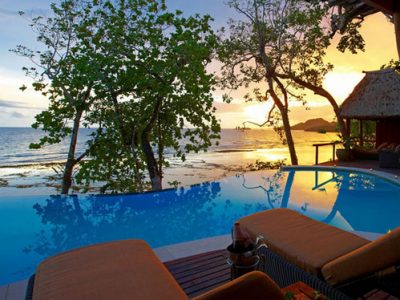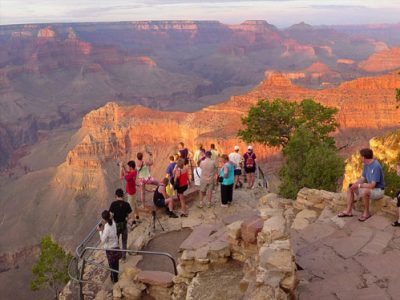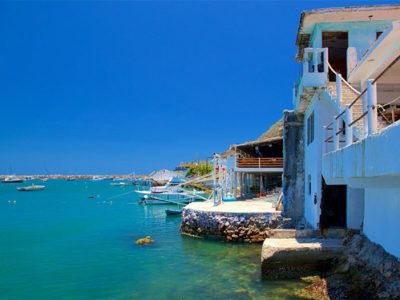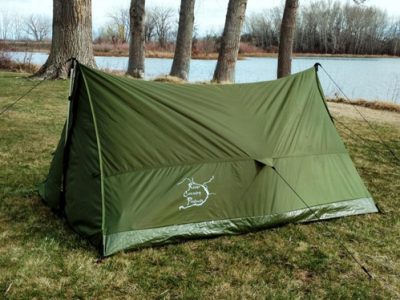Sibenik is a beautiful city and an excellent starting point for exploring the national parks of; Krka, Kornati and Telascica Bay. There are charter boats in the marinas of Marina Mandalina, located near the centre of town, and Marina Solaris.
What You Need – Experience, Qualifications, Visa Requirements, etc. – The skipper of the boat is required to have an ICC certificate or equivalent.
Charter Season – The best season for a yacht charter in Croatia is early summer with good winds in May and June mainly from the S/SE. Mornings tend to be calm with the wind increasing later in the afternoon to around 15 – 20 knots. The months of July and August in Croatia see calmer conditions which is OK for those who don’t mind motoring on their yacht charter.
Weather – The climate of Croatia’s coast is typical of the Mediterranean and provides for pleasant holidays throughout the year. Summer temperatures average between 26 to 30°C and the sea temperature in summer is about 25ºC.
Time Difference – GMT +1
How to Get There – The nearest airport is Split (SPU). Scheduled services fly from major European cities. There are additional charter flights in the summer.
Currency – The local currency is the Kuna. The Euro is accepted almost everywhere in Croatia
Language – Croatian, with both German and English spoken widely
Food & Drink – Croatian cooking is typically Mediterranean with fish, shellfish, fresh vegetables and olive oil taking centre stage. Varieties of fish include dogs tooth, gilthead, grouper, mackerel, sardines and sea bass. You will find cuttlefish, octopus and squid, lobsters, mussels, oysters and shrimps. These are presented grilled or in stews and risottos. The local smoked ham is very good. Lamb is also highly regarded, especially baked on an open fire. There are some interesting local dishes, some found on individual islands, to be sought out or avoided. Take Vitalec as an example – lambs offal wrapped in lamb gut and spike-roasted, not everbodys idea of culinary heaven. Pag and Dubrovnik produce high quality sheep’s cheese. Pag’s is known as Paski-Sir, a hard, distinctively flavoured cheese. The unique flavour comes from the method of rubbing the cheese with olive oil and ash before leaving it to mature; in addition, the sheep eat a diet that includes many wild herbs such as sage. Dalmatian desserts are good too. The most usual ingredients include almonds, eggs, honey, local fruit, dried figs and raisins. Try Orehnjaca, a sweet bread with walnuts or poppy seeds. Palacinke are pancakes usually served with jam or chocolate. Dalmatian wines have been regarded highly since ancient times. Famous wines include Babic from Primosten, Dingac and Postup from the Peljesac Peninsula and Plancic from the island of Hvar. There are also good local brandies and liqueurs.
Suggested Itinerary;
Day 1 – Join the boat in Sibenik in either Marina Mandalina, located near the centre of town, or Marina Solaris.
Day 2 – Sibenik – Skradin – 10 miles. Head NE up the Krka River. Skradin is a small town located on the river and at the entrance to the Krka National Park. The main attraction of the park is a series of waterfalls.
Day3 – Skradin – Rogoznica – 25 miles. Return down river and then follow the coast SE to Rogoznica. This attractive fishing village has a naturally protected harbour with good depths. Fresh fish is available every day in the restaurants. Try the fish soup prepared à la Rogoznica.
Day 4 – Rogoznica – Komiza – 38 miles. Head S to the island of Vis. Komiza is situated in a deep bay on the W coast of the island. There are several monasteries and fortresses worth a visit. On summer evenings you can see performances of Klape, harmony-singing groups, and children’s choirs on the coastal promenade or in one of local restaurants. Komiza is renowned for its wines.
Day 5 – Komiza – Vis – 10 miles. Sail around the island to the town Vis on the NE coast of the island. The town is located in a large and protected bay. The port of Vis is located in the SW part of the bay. The island is well-known for its wide selection of fish. There are extensive stocks of tuna and large crabs so check out the local restaurants.
Day 6 – Vis – Vela Luka – 30 miles. Head E to the island of Korcula. Vela Luka is located on the W side of the island. There are several museums and galleries located in the town centre
Day 7 – Vela Luka – Korcula – 25 miles. Head to the E side of the island and the town of Korcula, an historic, fortified town still surrounded by fortified walls. The town has mooring facilities. The western harbour provides shelter except from strong northerlies when you are advised to use the eastern harbour. Korculas historic sites include the central Romanesque-Gothic Cathedral of St Mark, built from 1301 to 1806, the 15th-century Franciscan monastery with a beautiful Venetian Gothic cloister and the massive city fortifications.
Day 8 – Korcula – Scedro – 25 miles. Head NW to Scedro, an island off the south coast of the island of Hvar
Day 9- Scedro – Palmiza. Head N to the island of Hvar. Palmizana has a marina with 200 berths.
Day 10 -Palmizana – Trogir – 25 miles. Head NE and back to the mainland and the town of Trogir which is situated on a small island between the Croatian mainland and the island of Ciovo. The town is on the UNESCO World Heritage List
Day 11 – Trogir – Primosten – 30 miles. Head NW along the coast to Primosten, famous for its huge and beautiful vineyards. It is also known for the traditional donkey race that takes place there every summer. Primosten’s Raduca beaches have been voted amongst the 10 most beautiful beaches in Croatia.
Day 12 – Primosten – Piskera – 35 miles. Head W to Piskera, a small uninhabited island in the Kornati islands National Park
Day 13 – Piskera – Sukosan – 30 miles. Head N and back to the mainland. Sukosan is a popular holiday resort and home to Zlatna Luka Marina. The town itself offers nice walks through the traditional narrow alleys.
Day 14 – Sukosan – Murter – 25 miles. Murter is located in the northwest part of the Sibenik archipelago and is separated from the mainland by a 20m wide sea canal at Tisno.
Day 15 – Murter – Sibenik – 15 miles. Leave the yacht
History of the Area – Croatia has been inhabited since the Stone Age. The Croats arrived in the seventh century in what is Croatia today. The first king, Tomislav I was crowned in AD 925 and Croatia became a Kingdom. The Kingdom of Croatia retained its sovereignty for almost two centuries. Croatia entered a union with Hungary in 1102. In 1526, the Croatian Parliament elected Ferdinand from the House of Habsburg to the Croatian throne. In 1918 Croatia declared independence from Austria-Hungary and joined the Kingdom of Yugoslavia. During World War II, the Germans occupied Croatian territory and created the Independent State of Croatia. After the war Croatia became a founding member of the Second Yugoslavia. On June 25, 1991, during a bloody civil war, Croatia declared independence and became a sovereign state.










